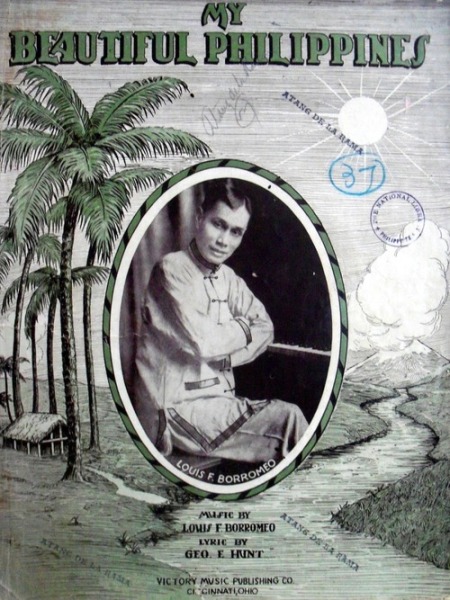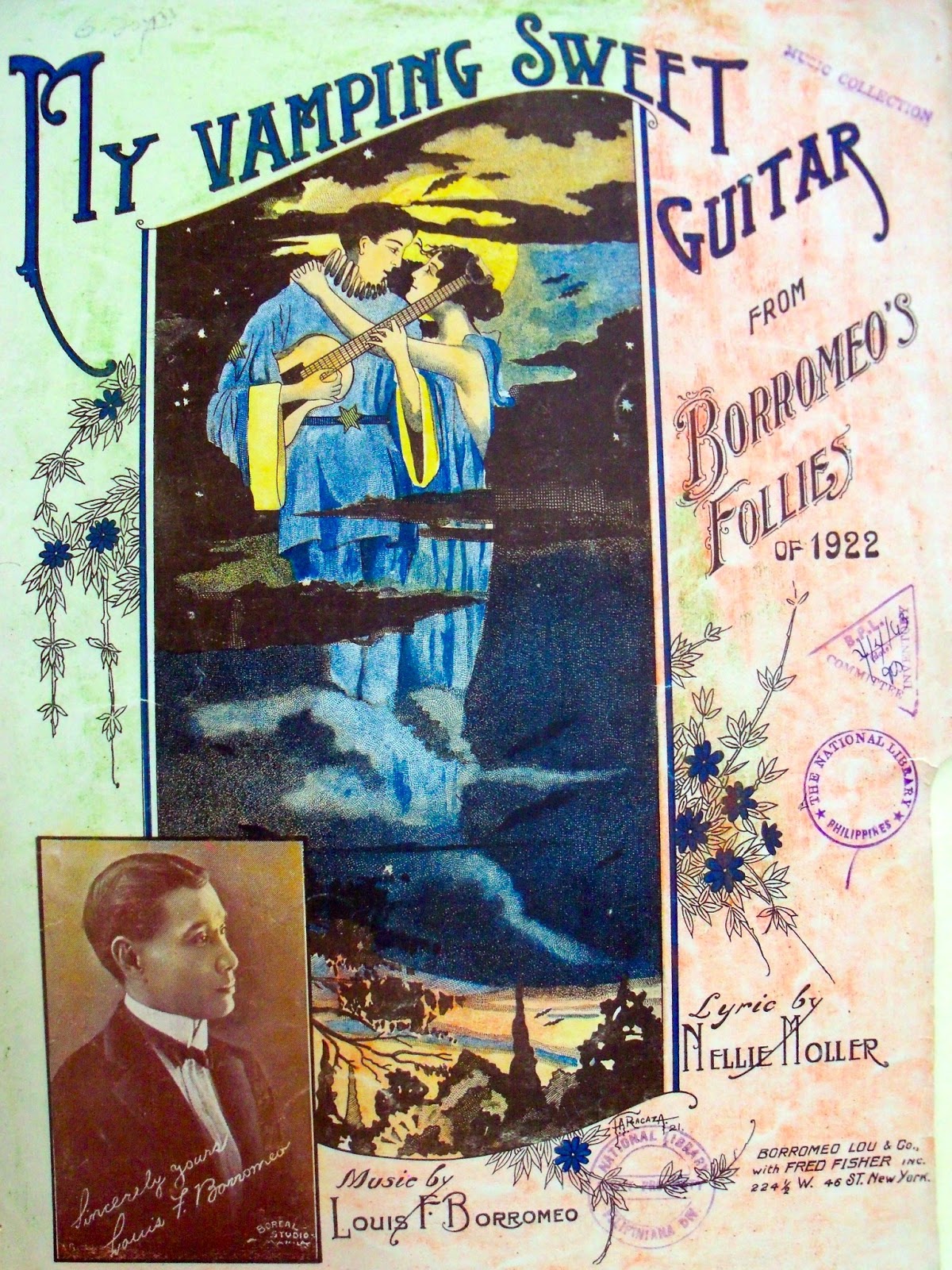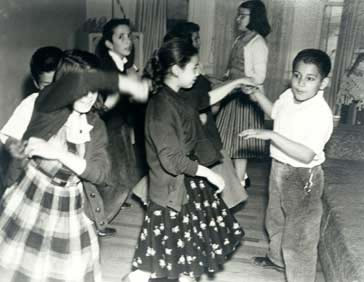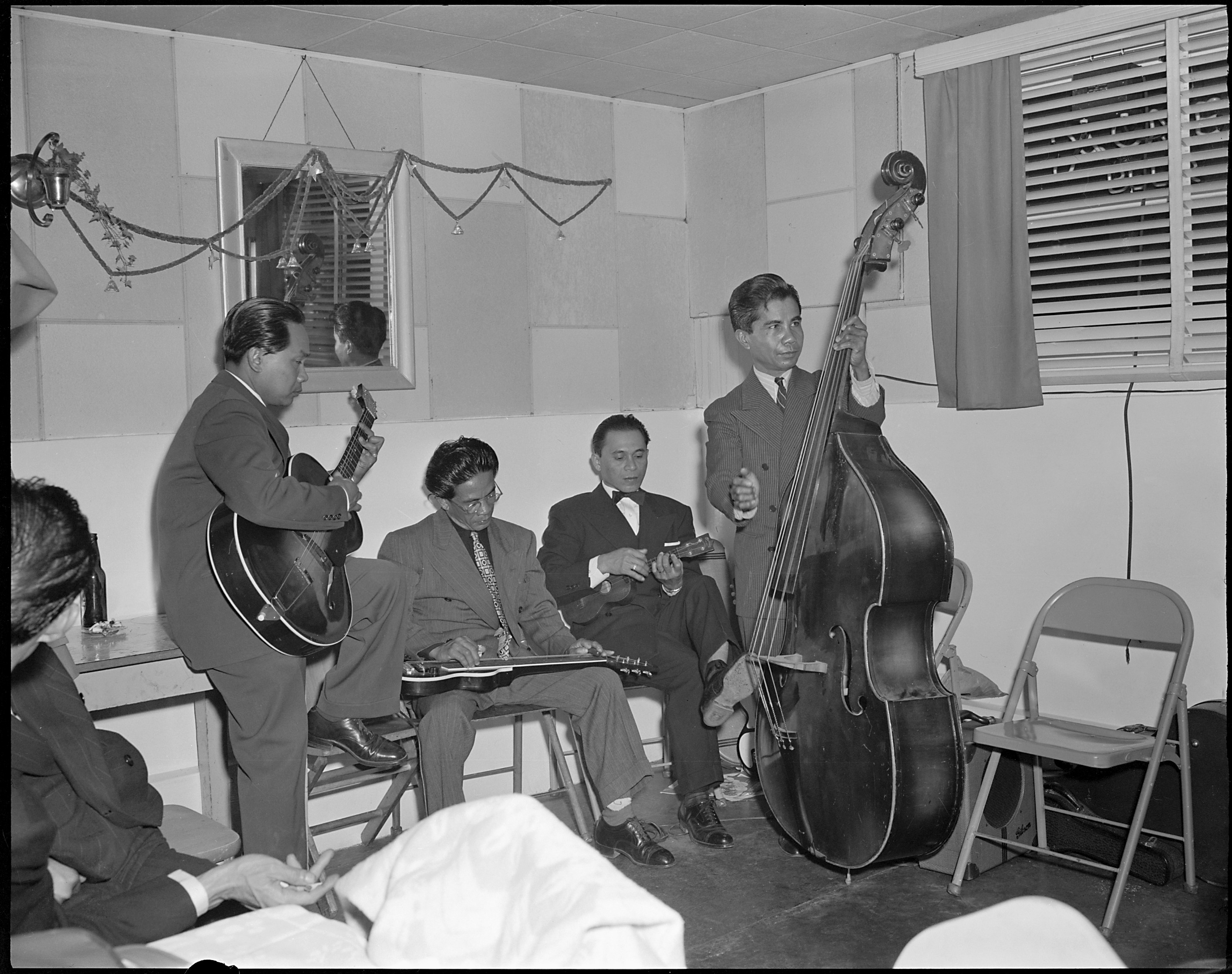One of the questions I have gotten from dancers visiting from abroad but also locals is locations they can visit in the United States such as museums to learn more about jazz history. As the birthplace of jazz, there are a wide variety of sites you can visit in the United States to learn more about the music you enjoy and dance to.
Something to note in this guest blog post is some of the sites listed are museums that you can visit on a trip while others only have historical placards or are not open to the public. These have been separated into two categories to avoid confusion.
Today we have a guest blog post by Heidi Hansen, who will learn in her bio below is more than qualified to write about the subject.

Biography
Heidi Hansen earned a Master’s Degree in History at California State University, Fullerton (with a focus on women’s history, physical culture history, and public history). She worked at 5 different units for the National Park Service, including Fort Scott National Historic Site, Devil’s Postpile National Monument, Boston National Historical Park, Jean Lafitte National Historical Park & Preserve, and Dayton Aviation Heritage National Historical Park.
As Heidi developed as a Swing Dancer, she discovered a love for Jazz Music. As a Park Ranger and historian, Heidi works to uncover and share untold stories. She developed a program, for which she received a challenge coin, about New Orleans Women In Jazz.
Introduction
The history of Jazz music is a long and complex topic dealing with Civil Rights Issues, Women’s Rights, white appropriation, and change over time. I have done my best to present a fair and balanced list of places to go to explore museums featuring Jazz museum or who have incorporated Jazz music into their theme. I’ve also added in some places I’ve discovered that are unknown places where Jazz heavily influenced the history of a neighborhood or area. This is by no means a comprehensive list of places to see that have associations with Jazz music and Jazz history in the United States and extensive research will undoubtedly reveal many more places.
Sites to Learn About Jazz (Museums & Open to Public)
The National Jazz Museum in Harlem (Harlem, New York)
This Jazz museum is a Smithsonian Affiliate with much to offer. It’s mission statement “Our mission is to preserve, promote and present Jazz by inspiring knowledge, appreciation, and the celebration of Jazz locally, nationally, and internationally.” The museum has live performances, exhibits, and educational programs. Though the exhibits change often, however, interaction between the visitor and the exhibit remains and has been incorporated into the exhibits about Harlem musicians.
Link: http://jazzmuseuminharlem.org/
The American Jazz Museum in Kansas City (Kansas City, Missouri)
Kansas City became home to many of our favorite Jazz Musician. Charlie Parker, Count Basie, and many other musicians frequented the Jazz Clubs of Kansas City. The American Jazz Museum has an art and photograph gallery, Blue Room Jazz Club and Blue Room Performing Arts Center. They frequently host public programming as well. The streets of Kansas City heavily influenced the development of Jazz music throughout the United States and are worth learning.
Link: https://americanjazzmuseum.org/visit
Apollo Theatre (New York City, New York)
In 1934, the Apollo Theatre started hosting Amateur Night. The famous Apollo Theatre in Harlem still hosts these nights and a variety of other shows.
Note from the editor: Tours of the Apollo must be scheduled in advance. Please check here for more information.
Link: https://www.apollotheater.org/
Louis Armstrong House (New York City, New York)
In 1943, Louis Armstrong came to live in Corona Neighborhood in Queens. He remained in this home for the rest of his life. No one lived in the home after their deaths and as such, much of it remains the same as the time they lived there. The home is open to the public and is only shown through scheduled guided tours where one will learn about the Life and Music of Louis Armstrong.
Current Exhibits include “Louis Armstrong’s Stuff,” which includes his trumpet, clothing, and a collage he made, and “That’s My Home: 75 Years of the Armstrongs in Corona”, which explores their time in Corona and includes rare photographs of the Armstrongs.
The home works to keep the tradition of Jazz Music alive. During the Summer, the Louis Armstrong House hosts various jazz musicians in the museum’s garden. Be aware that all exhibits in the home are viewed only through guided tours.
Link: https://www.louisarmstronghouse.org/
Minton’s Playhouse (Harlem, New York)
Minton’s Playhouse in New York City is considered the birthplace of Bebop. It was founded in 1938 by Henry Minton. Musicians like Duke Ellington, Thelonius Monk, Billie Holiday, and nearly every iconic Jazz Musician performed there. It was located in the Cecil Hotel. In 1974, it closed after a fire and was reopened as a National Historic Landmark and continues it’s tradition for innovative live Jazz Music.
Link: http://mintonsharlem.com/about-mintons/
New Orleans Jazz Museum (New Orleans, Louisiana)
The New Orleans Jazz Museum comprises of a mixture of temporary and permanent exhibits. In each of the museum spaces, one can learn about the development of Jazz music and a current exhibit detailing the Famous Louis Prima, a native of New Orleans. Over the years, Jazz music became an avenue for self expression, Civil Rights, celebration, and for Jazz Funerals. One can visit this museum to learn all about the continued evolution of Jazz Music in New Orleans. Like many other Jazz Museums, the New Orleans Jazz Museum also hold regular music programs on their third floor in partnership with the National Park Service. Sometimes, you can hear the Down on their Luck Orchestra (Park Ranger Jazz Musicians) team up with other locals.
Link: https://nolajazzmuseum.org/
The New Orleans National Historical Park Visitor Center (New Orleans, Louisiana)
This visitor center has only small panels detailing some of the most influential Jazz Musicians from New Orleans. For aspiring Junior Rangers, be sure to pick up a Junior Ranger book from the visitor center here, participate in some of the ranger led programs, Jazz yoga occasionally led by professional singer and swing dancer Giselle, and learn about how New Orleans became the birthplace for Jazz Music.
As the Birthplace of Jazz Music, New Orleans has many historically significant sites for Jazz Music. National Park Rangers at the visitor center can assist you in finding these locations.
In Louis Armstrong Park, one can visit the Louis Armstrong Statue, the Sidney Bechet Statue, and the original location of Congo Square.
Along Basin St. between Canal Street and St. Louis Cemetery No. 1 is where the once famous Storyville existed from 1897 to 1917. Jelly Roll Morton, Mamie Desdunes, and many other musicians performed in the brothels of New Orleans famous red light district heavily influenced the development of Jazz Music in New Orleans.
Preservation Hall Jazz Band gave birth to the revival of Jazz Music in New Orleans. Currently, Preservation Hall holds musical performances every night. Be sure to visit and stand in the same location as musicians like Sweet Emma Barrett.
Link: https://www.nps.gov/jazz/index.htm
The Smithsonian National Museum of American History (Washington D.C.)
The Smithsonian National Museum of American History hosts a small space to feature influential Jazz Musicians. The musicians featured in the exhibit are rotated out frequently. The Smithsonian frequently hosts Jazz Musicians to perform in its halls.
Link: https://americanhistory.si.edu/smithsonian-jazz
Ted Lews Museum (Circleville, Ohio)
Ted Lewis Museum in Circleville, Oh recognizes television star and Musician Ted Lewis. He started playing clarinet in the Circleville Jazz Band and was crowned King of Jazz. This exhibit showcases videos of Lewis’s musical performances and memorabilia. The actual exhibit space is the only remaining edifice within the original circle of Circleville. Admission to the museum is free, however, the museum is only open Saturdays from 10 am to 4 pm or through appointment.
Link: https://www.tedlewismuseum.org/
Cincinnati Jazz Hall of Fame
Cincinnati Jazz Hall of Fame honors Cincinnati Jazz Musicians and provides educational programming to the community.
Link: https://www.cincyjazzhof.org/
Texas Music Museum (Austin, Texas)
Though not entirely centered around Jazz Music, the Texas Music Museum often features Texan Jazz Musicians.
Links:
Sites to Learn About Jazz (Only Historical Plaques, No Historical Signifiers, or Closed to the Public)
Savoy Ballroom Plaque (Harlem, New York)
One can stand in the same spot as the original Savoy Ballroom.
Link: http://www.savoyplaque.org/
Ashbury Park, Springfield Avenue (Ashbury Park, New Jersey)
Ashbury Park in New Jersey has been making strong efforts to preserve and showcase the history of Jazz music, Doo Wop, soul, blues, R&B, and Gospel music that prevailed on Springfield Avenue from 1880- to 1980. Their exhibits and collections contain sheet music and photographs of Duke Ellington, Ray Goodman, Count Basie, and Ray Goodman and Brown. They are currently working to make this a permanent exhibit.
Link: www.aphistoricalsociety.org/ap-west-side-music-exhibit.html
The Dunbar Hotel (Los Angeles, California)
The Dunbar Hotel, named after the famous poet Paul Dunbar, became the hub for the Jazz community in Los Angeles. Now it is a building that houses Senior Citizens. At the front entrance, the Emblem “Hotel Somerville” reveals the structures original name.
Across the street is Central Avenue Jazz Park.The building across the street, the Last Word alongside the building next door, Club Alabam, featured many of these Jazz musicians.
The founder, Dr. Jon Somerville arrived in Los Angeles in 1902 and was appalled at the lack of accommodations for people of color on the West Coast. Somerville was the first black man to graduate USC Dental School and married the first black woman to also graduate from USC’s Dental School, Vada Watson. They were founders of the LA chapter of the NAACP, Dentists, and activists. They brought in more people to form a community around Central Ave. Using only African American craftsmen and workers, they built the hotel on the corner of 42nd and Central.
It became the unofficial town hall and country club of the black community with people like W.E. B. Dubois visiting. During the depression, it was sold to a white man named Lucius Lomax who renamed it after the famous black poet, Paul Dunbar. During the 30’s and 40’s, it featured many forms of popular entertainment, including Jazz music and hosted some of the most famous Jazz musicians of the day who would also stay in the hotel, including Duke Ellington, Ella Fitzgerald, Louis Armstrong, Lena Horne, Fats Waller, Billie Holiday and so many more! At various points, there was a club inside the hotel as well. It switched hands several times and went through a downturn. In 1968, Bernard Johnson bought it to revive it. It was officially recognized as an LA Historical Monument in 1974 and Johnson opened the “Dunbar Historical Black Museum, “ but by that point, it had turned into tenement housing.
In 1990, the Dunbar Hotel was renovated and reopened for low-income elderly housing and remains that way today.
Link: https://www.kcet.org/history-society/when-central-avenue-swung-the-dunbar-hotel-and-the-golden-age-of-las-little-harlem
Walker Theatre (Indianapolis, Indiana)
This theatre is a remnant of Indianapolis’s “Indiana Street.”
Gunther Schuller wrote that Indianapolis “offered a caliber of Jazz quite superior to the often blasé’ big name Jazz of the Metropolitan centers.” Indianapolis gave us J.J. Johnson, Wes Montgomery, Freddie Hubbard, Slide Hampton, and David Baker. Indiana Avenue was the center of activity for the black community in Indianapolis. Along that street, is the Madame Walker Theater, one of the few remaining buildings from that era. It is currently undergoing renovations but will reopen in 2020.
It was completed in 1927 and marks the height of Madam CJ Walker’s career. It served as a movie house and a showcase for live Jazz.
Links:
Classic and Palace Theaters (Dayton, Ohio)
The Classic and Palace Theaters in Dayton, Oh were an important part of the development of Jazz there. They were part of what was called “Walking the Nickel.” Due to discrimination, African American people could not go to theatres in Downtown Dayton. These African American owned theaters opened for the black community to visit. Famous Jazz Musicians like Ella Fitzgerald, Duke Ellington, and Count Basie performed in these Halls. Chick Carter Jazz Band and Erskine Hawkins Jazz Combo performed in a battle of the Bands at the Palace Theater. Actor Ted Ross (Cowardly Lion in the Wizard of OZ) visited these theaters and developed his love for Jazz music there. In 1992, these theaters were torn down and a funeral was held in their honor. Today, though empty lots, one can still walk where these theaters were. Down the street, the Black YMCA (still there today) became the place where Lionel Hampton called Trumpet Player Snooky Young to join in his Jazz Band. You can walk a short distance up the street to visit Snooky Young’s spot on the Dayton Walk of Fame.
Links:
Other Sites of Interest
- St. John Coltrane A. O. Church in San Francisco
- National Blues Jazz Museum in St. Louis
- Scott Joplin House in St. Louis (closed during the winter)
- Congo Square in New Orleans
- Alliance Theater in Atlanta, GA
- Bellefonte Glass Exhibit in Ohio of the Mills Brothers
- Mills Brothers Historical Marker in Piqua, Ohio
- Jazz Central In Dayton, Oh
- Green Mill Lounge in Chicago
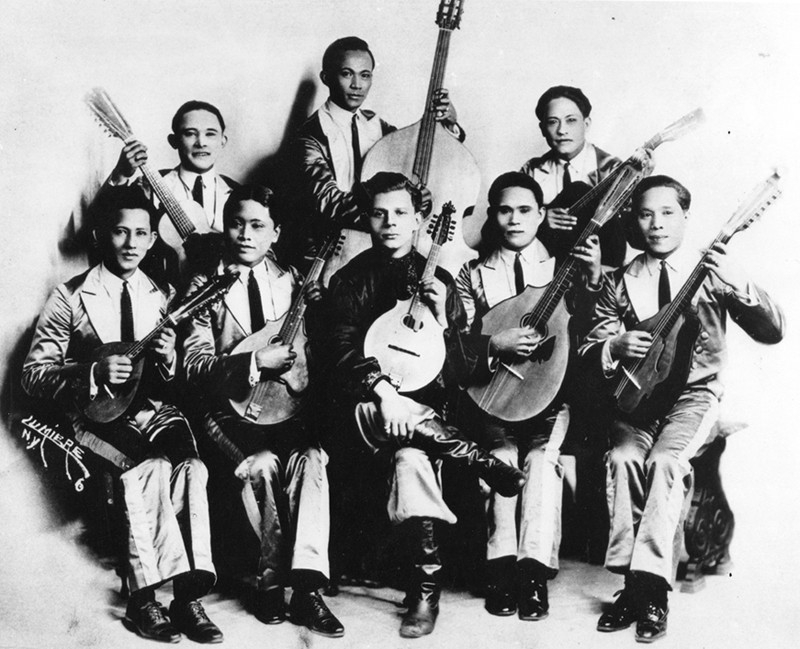
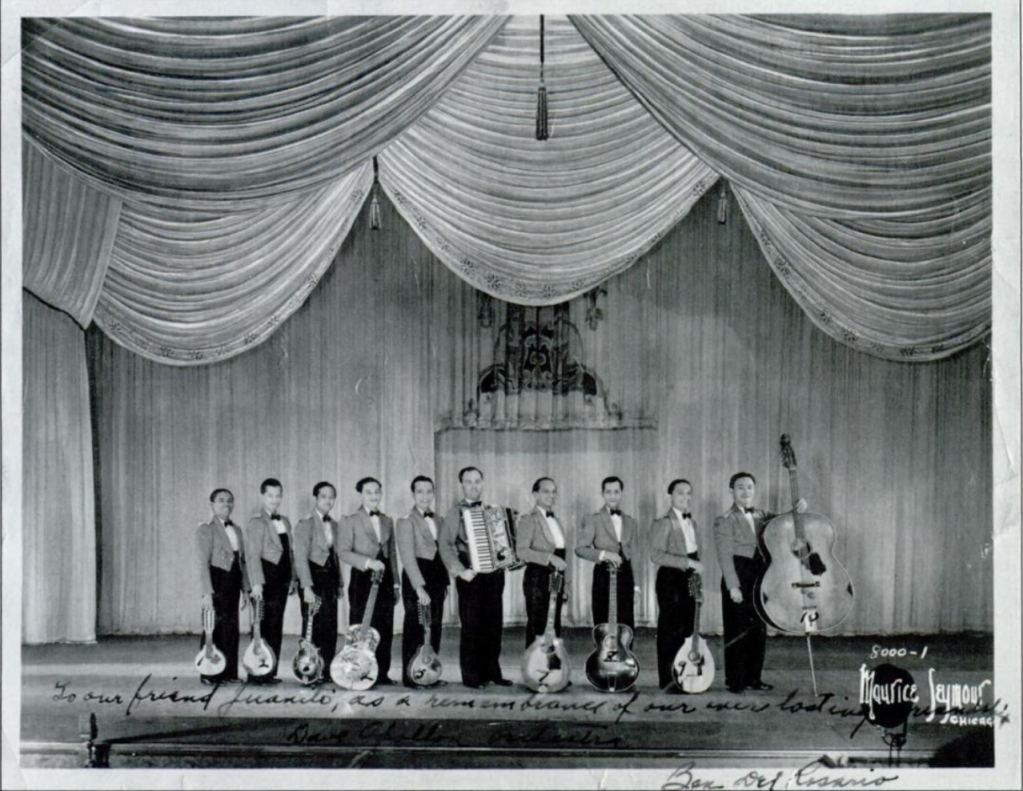

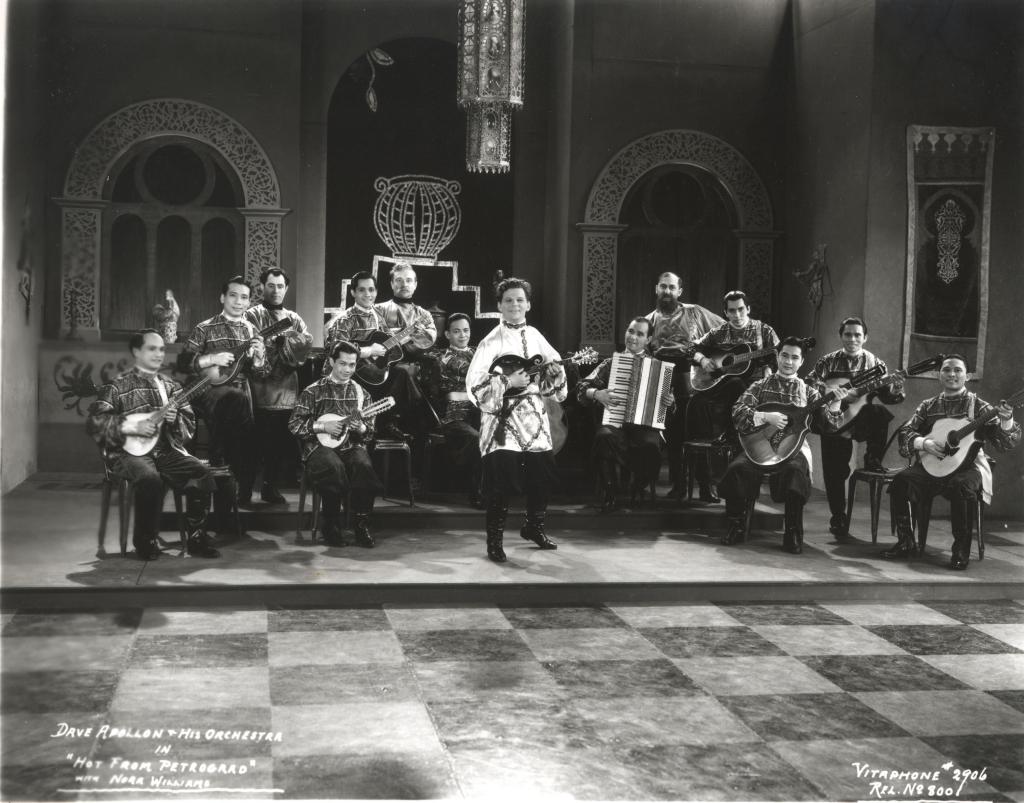
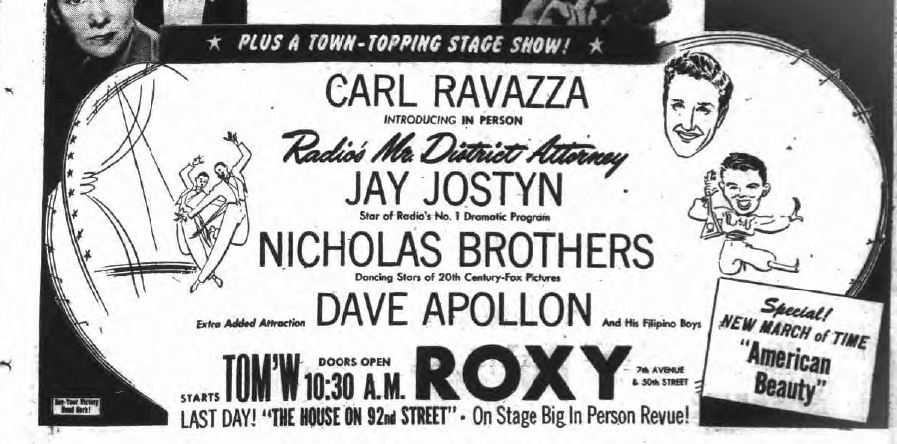
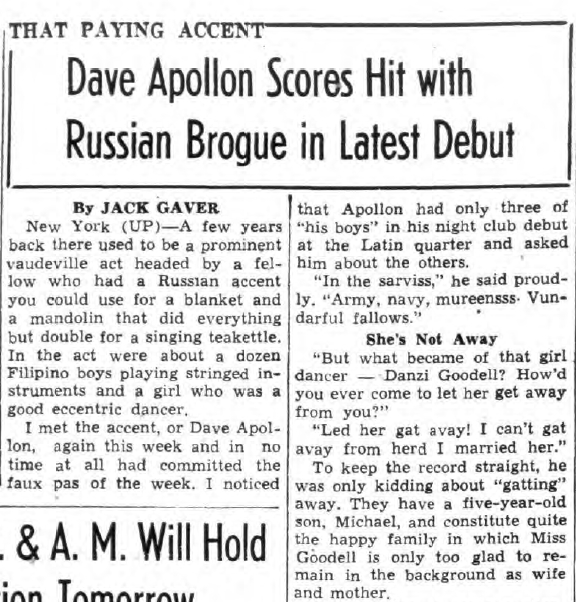

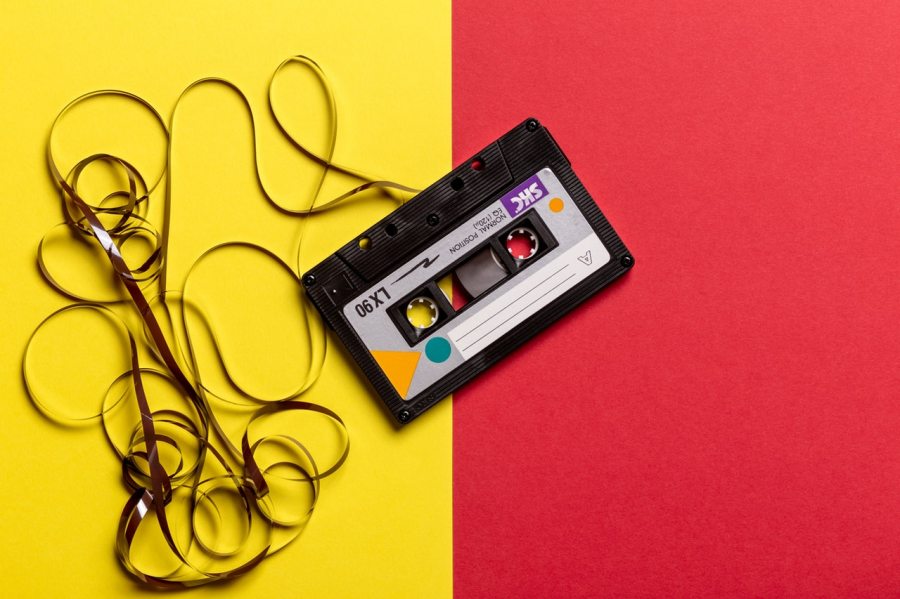
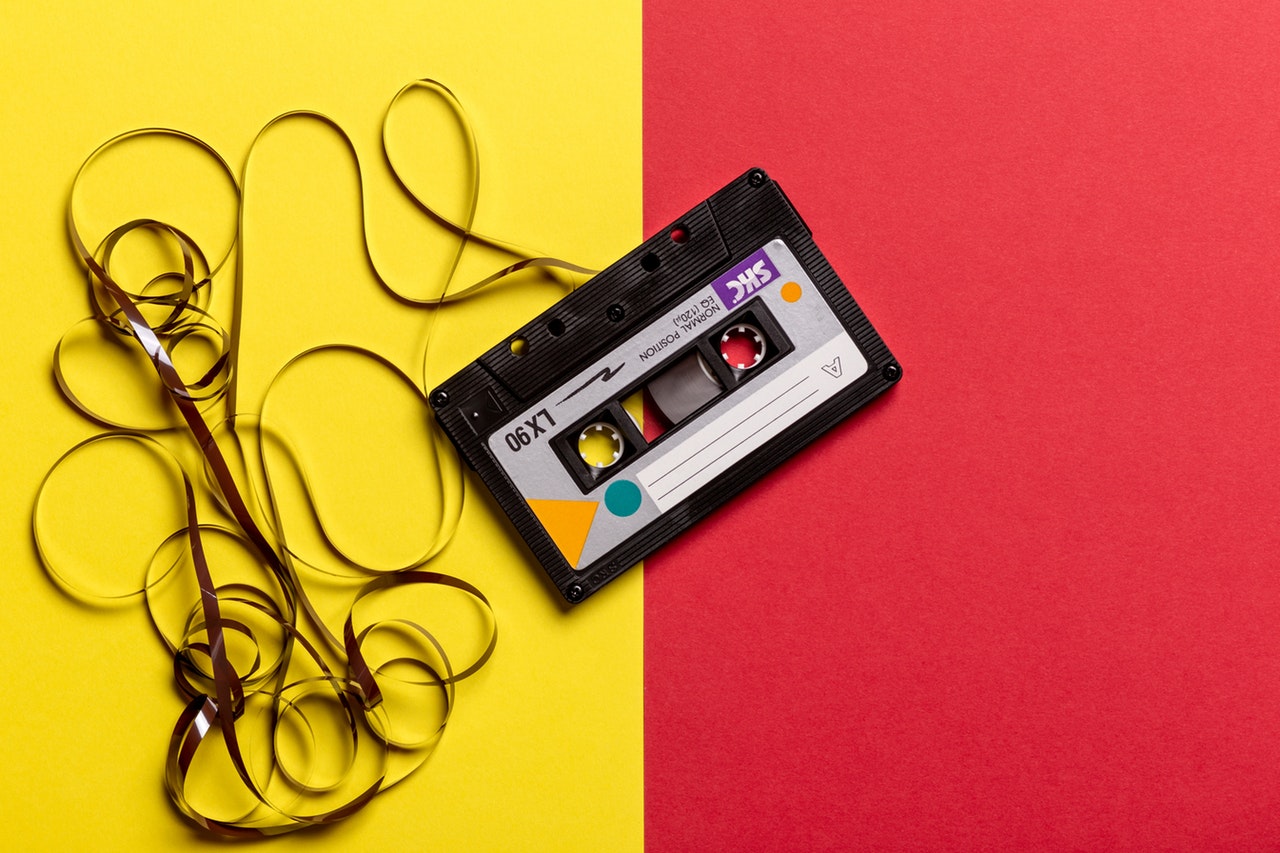
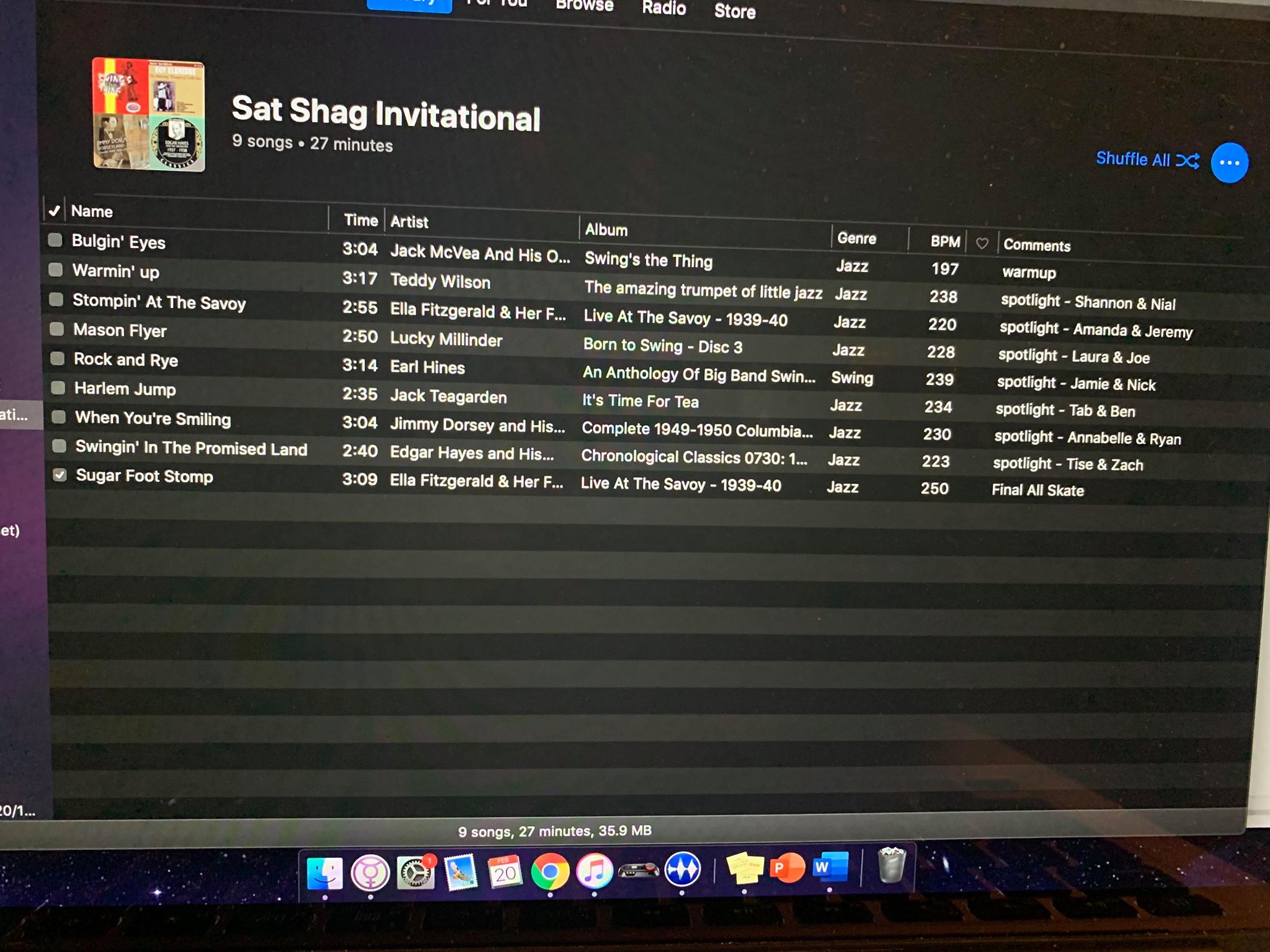
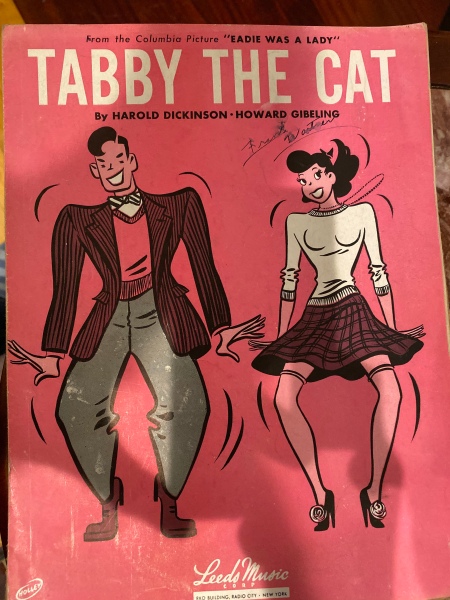



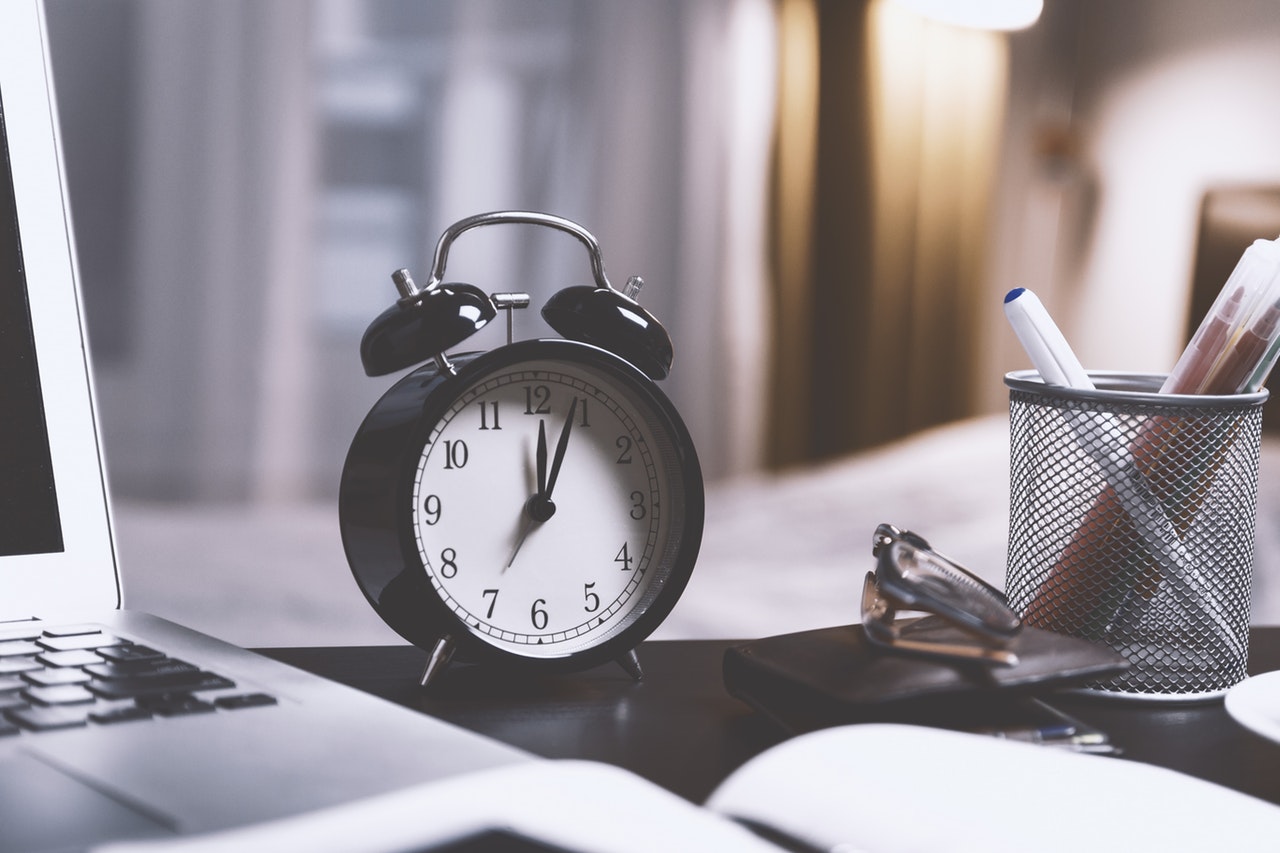

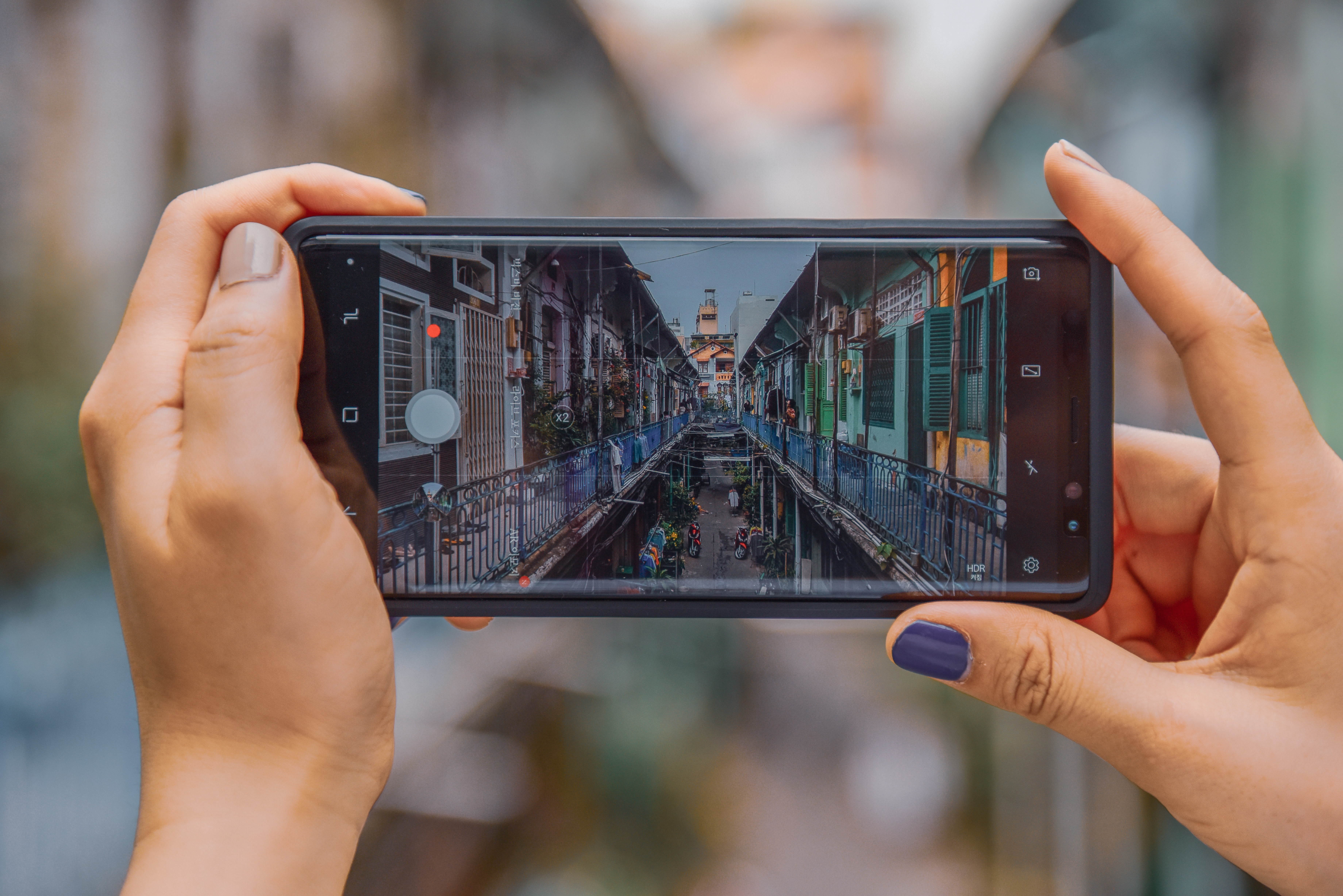
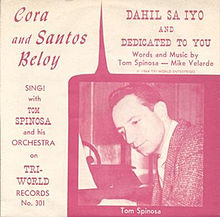 While I enjoy playing jazz on the clarinet one of the things that I have been wanting to have is a lead sheet to play music from the Philippines. I’ve learned
While I enjoy playing jazz on the clarinet one of the things that I have been wanting to have is a lead sheet to play music from the Philippines. I’ve learned 